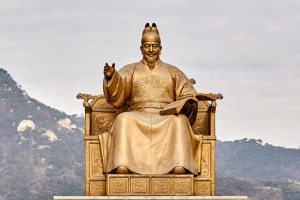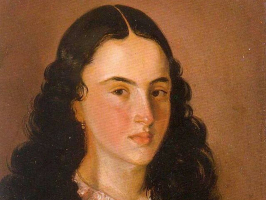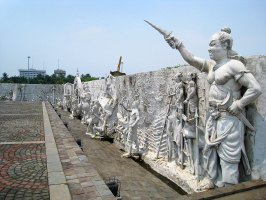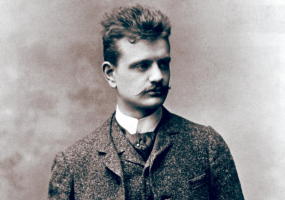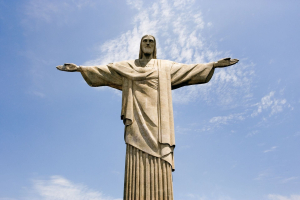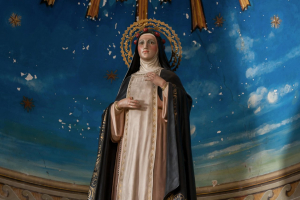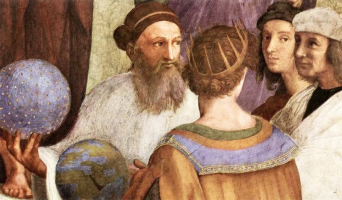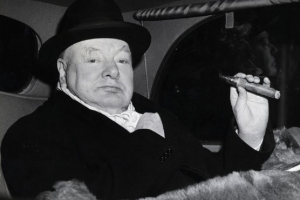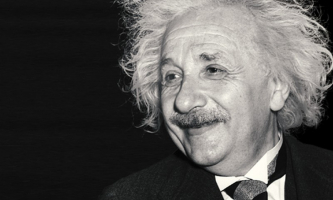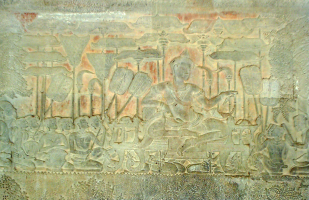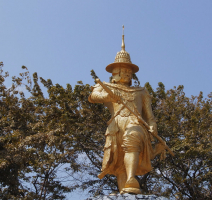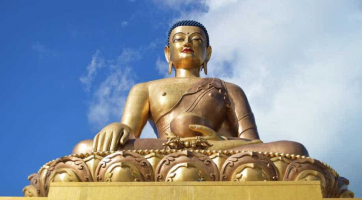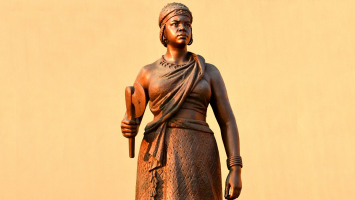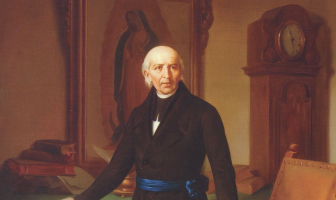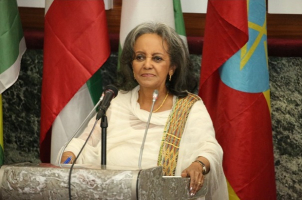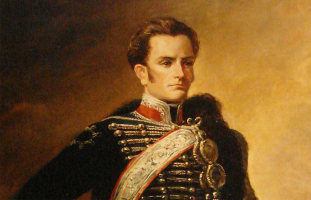Top 6 Most Important Historical Figures In Singapore
Singapore, officially the Republic of Singapore, is a sovereign island country and city-state in Southeast Asia's maritime region. It is located about one ... read more...degree north of the equator (137 kilometers or 85 miles) off the southern tip of the Malay Peninsula, bordering the Malacca Strait to the west, the Singapore Strait to the south, the South China Sea to the east, and the Johor Straits to the north. The country's territory is made up of one main island, 63 satellite islands, and islets, and one outlying islet, the aggregate size of which has grown by 25% since independence due to massive land reclamation initiatives. It boasts the world's third greatest population density. Singapore has four official languages: English, Malay, Mandarin, and Tamil, in recognition of the need to respect the cultural identities of the nation's major ethnic communities. Here are the most important historical figures in Singapore that you should know, look at the list to discover a little more information about them.
-
One of the most important historical figures in Singapore is Yusof bin Ishak. He (August 12, 1910 – November 23, 1970) was a Singaporean politician and journalist who served as the country's first president from 1965 to 1970.
Prior to becoming President, Yusof was a well-known journalist who co-founded the newspaper Utusan Melayu, which was in print until October 9, 2019. After graduating from Raffles Institution in 1929, he began his career in journalism by joining Warta Malaya, a well-known Malay newspaper company, in 1932. In 1938, he quit the corporation to co-found Utusan Melayu.
Yusof held numerous positions in the Singapore government. Between 1948 and 1950, he was a member of the Film Appeal Committee, as well as the Nature Reserves Committee and the Malayanisation Commission for a year. He was named Chairman of the Public Service Commission in July 1959. (PSC). On 3 December that year, he was sworn in as Yang di-Pertuan Negara of Singapore after the People's Action Party (PAP) won the first election held following Singapore's independence. Yusof became Singapore's first President after the country obtained independence on August 9, 1965.
Yusof served three terms in office until passing away on November 23, 1970, from heart failure. His portrait may be found on the Singapore Portrait Series currency notes, which were launched in 1999.
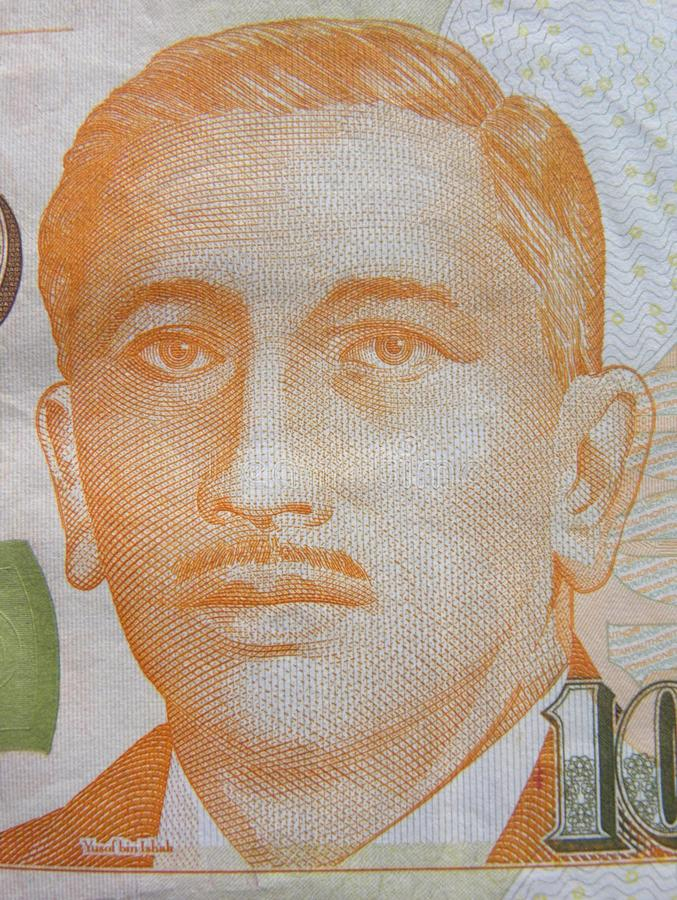
Yusof Bin Ishak Portrait on 100 Dollars -dreamstime.com 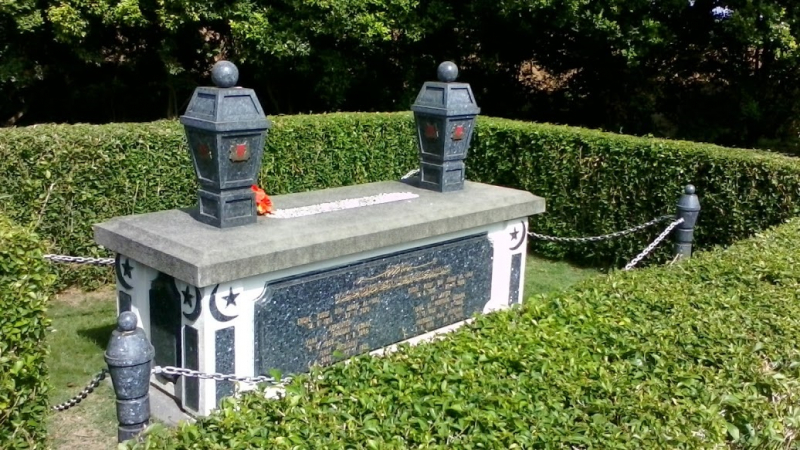
Tomb of President Yusof Ishak at Kranji State Cemetery -en.wikipedia.org -
Benjamin Henry Sheares (12 August 1907 – 12 May 1981) was a Singaporean physician who served as the country's second president from 1971 to 1981. He retired in 1960 and worked in private practice before being chosen president by Parliament on November 23, 1970, following the death of President Yusof Ishak. On January 2, 1971, Sheares was sworn in as President. He had planned to retire after his second term because he did not believe he had the energy for another term, but Prime Minister Lee Kuan Yew encouraged him to stay, and Sheares was elected president for a third time. From 2 January 1971 until his death on 12 May 1981, he was president for three terms.
Sheares pioneered the lower Caesarian section during his service as head of O&G at Kandang Kerbau Hospital during the Japanese occupation, which resulted in a lower mortality and morbidity rate in pregnant women than in the upper Caesarian section. The procedure is now the most often utilized Caesarian section method. Another of Sheares' major achievements in medicine was the development of a procedure for creating an artificial vagina for persons born without one. Its variant is still utilized for sex change procedures today.
Sheares was diagnosed with lung malignancies in November 1980, while serving his third term as president. He went into a coma on May 8, 1981, and died four days later on May 12, 1981. He was laid to rest in Kranji State Cemetery. He is commemorated by the Benjamin Sheares Bridge, Sheares Avenue, and Sheares Link. The National University of Singapore's student dormitory Sheares Hall, the Benjamin Henry Sheares Professorship in Obstetrics and Gynecology, the Benjamin Sheares Professorship in Academic Medicine, and the Benjamin Sheares College of the Duke-NUS Graduate Medical School are all named after him.
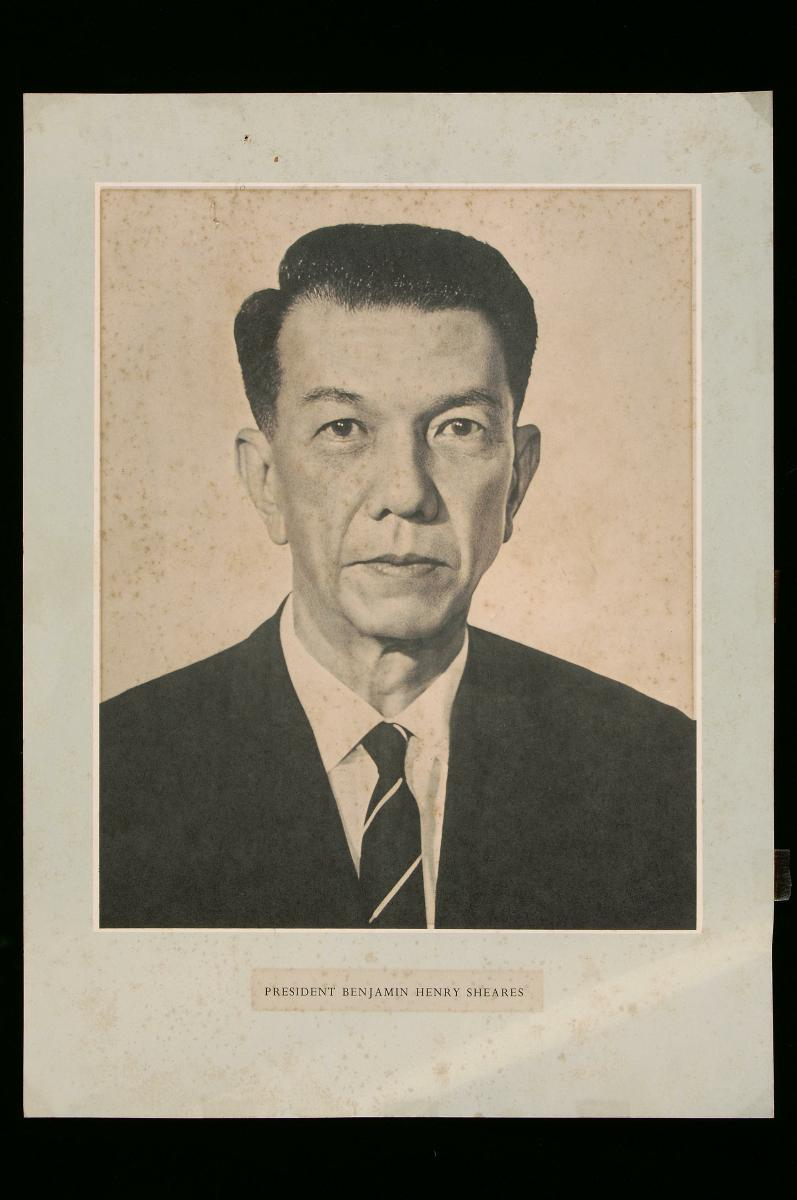
roots.gov.sg 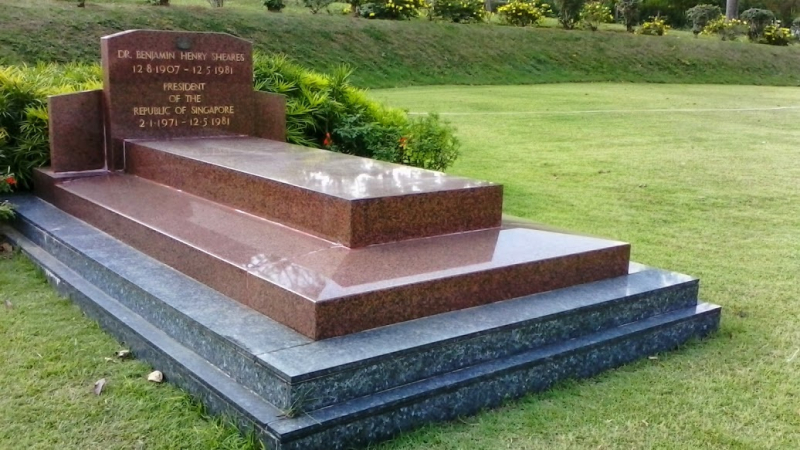
Tomb of President Benjamin Sheares at Kranji State Cemetery -en.wikipedia.org -
One of the most important historical figures in Singapore is Wee Kim Wee. Wee Kim Wee (4 November 1915 – 2 May 2005) was a Singaporean journalist and diplomat who served as the country's fourth president from 1985 to 1993. Prior to being elected by the Parliament, Wee served as Singapore's Ambassador to the Republic of Korea from 1981 to 1984, Ambassador to Japan from 1980 to 1984, and High Commissioner to Malaysia from 1973 to 1980.
Wee was named President of Singapore and Commander-in-Chief in 1985, and Chancellor of the National University of Singapore at the same time. Until Wee's second term as President, the presidential candidate was chosen entirely by Parliament. Until Wee's second term as President, the presidential candidate was chosen entirely by Parliament. During Wee's second term, the Parliament modified the constitution in January 1991 to allow for the direct presidential election, with the president having the power to veto civil service appointments and the use of government reserves. The establishment of an elected President was a significant constitutional and political change in the country's history, as the president now has the authority to veto government budgets and appointments to public office. They can probe cases of corruption and scrutinize the government's use of its powers under the Internal Security Act and religious harmony laws. Wee Kim Wee decided not to run in the succeeding first presidential election, the first in Singapore to be determined by popular vote, and retired at the end of his second and last term. In 1993, he was also given the Darjah Utama Temasek.
Wee died of prostate cancer on May 2, 2005, at the age of 89, at his house in Siglap Plain. Before his death, he requested that he be cremated and that his ashes be interred among those of regular citizens at Mandai Columbarium rather than Kranji War Cemetery, where late dignitaries are generally buried.
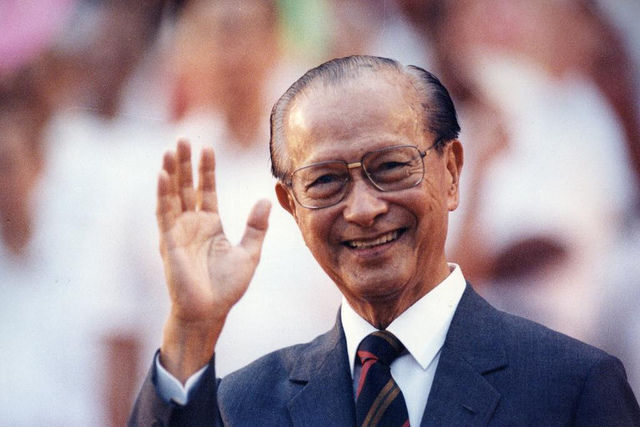
alvinology.com 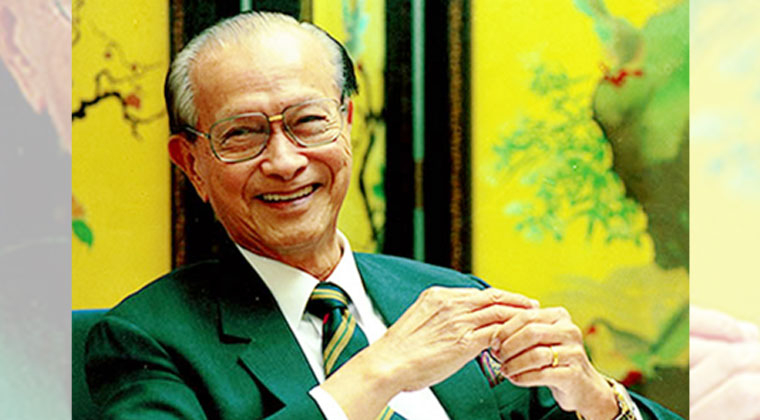
mothership.sg -
Lee Kong Chian, also known as Lee Geok Kun, was a notable Chinese businessman and philanthropist who was active in Malaya and Singapore between the 1930s and 1960s. He founded the Lee Foundation and was one of Southeast Asia's wealthiest men in the 1950s and 1960s. He was also Tan Kah Kee's son-in-law, another well-known Chinese businessman, and philanthropist in Southeast Asia.
Lee was appointed chairman of the board of directors of The Chinese High School (now Hwa Chong Institution) in 1934, a position he held until 1957. Lee established Guozhuan Primary School in his hometown of Furong Village in 1939. Lee donated his River Valley property in Singapore to the Nan Chiau Teachers' Training College in 1941. (present Nan Chiau High School). During World War II, while stuck in the United States, he offered lectures at Columbia University. Lee became the Vice-Chancellor of the University of Singapore (now the National University of Singapore) and contributed S$1 million to the institution's grounds for the building of a medical college. The Lee Foundation also supported the National University of Singapore, Anglo-Chinese School, St. Margaret's Secondary School, Methodist Girls' School, Singapore Chinese Girls' School, Tao Nan School, Anglican High School, and The Chinese High School. The Singapore Management University's Lee Kong Chian School of Business was named in his honor.
Lee invested his fortune in education and other charitable endeavors. In 1952, he established the Lee Foundation in Singapore, and in 1960, he established the Lee Foundation in Malaya. The Lee Foundation Limited was founded in Hong Kong in 1965. Lee pioneered free public library services for the nation when he donated S$375,000 to the Singapore government through the Lee Foundation, allowing the Singapore government to construct the Old National Library building on Stamford Road. Between 1952 and 1993, the Foundation made unrestricted donations totaling S$300 million to diverse charities.
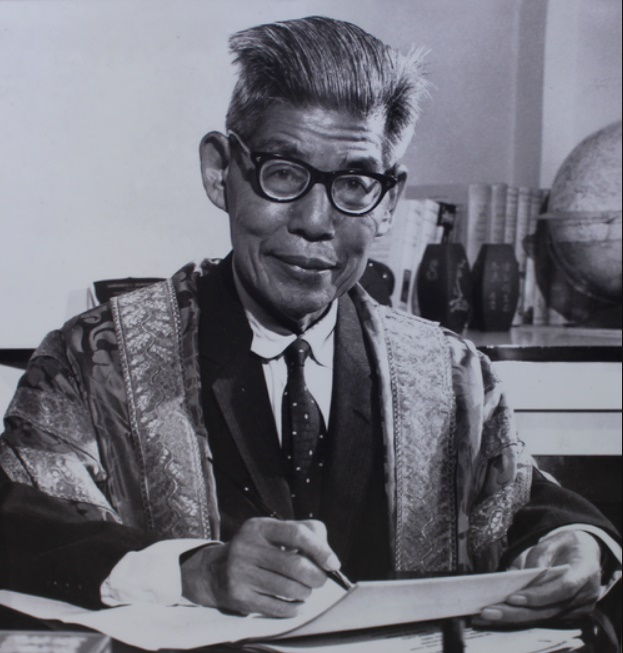
ntu.edu.sg 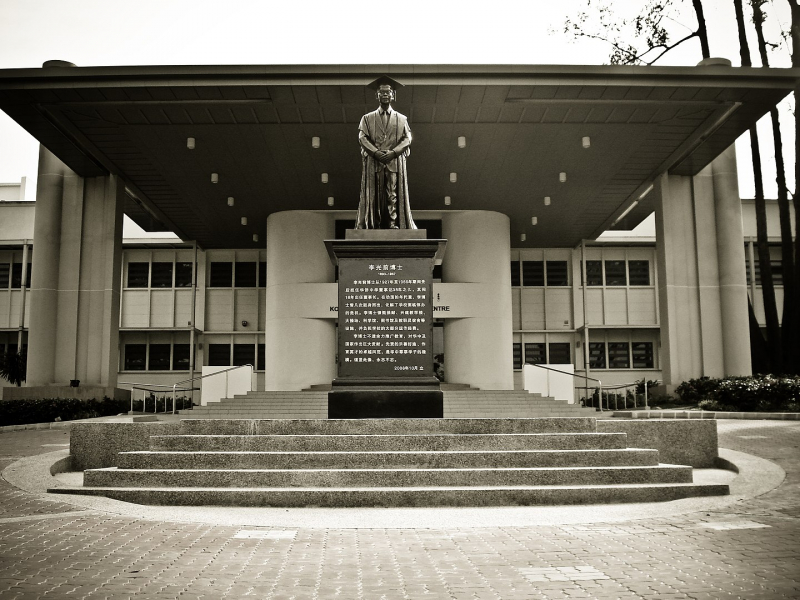
ntu.edu.sg -
One of the most important historical figures in Singapore you should know is Lim Bo Seng. Lim Bo Seng (27 April 1909 – 29 June 1944) was a Chinese-born resistance soldier who fought in Singapore and Malaya during WWII. Prior to the onset of World War II, he was a renowned businessman in Singapore's Chinese community. When the Second Sino-Japanese War began, he took part in anti-Japanese efforts in Singapore and then in Malaya.
During the Japanese occupation of the region, the British charged him with establishing Unit 136, a guerrilla task force supported by the Special Operations Executive (SOE). Lim was apprehended by the Kempeitai at a roadblock in Gopeng, Perak, around March or April 1944, and transferred to the Kempeitai headquarters for interrogation. Despite being tortured, he refused to give the Japanese any information about Force 136 and denounced the mistreatment of his companions in prison. By the end of nbMay 1944, he was bedridden due to dysentery. Lim died in the early hours of June 29, 1944, at the age of 35, and was buried in an unmarked grave beyond the Batu Gajah prison compound.
Lim's remains landed in Singapore's Tanjong Pagar railway station on December 7, 1945. Upon arrival, a big procession of British officers and notable merchants led the hearse from the station to the Hock Ann Biscuit Factory in Upper Serangoon Road through Armenian Street. On the same day, a memorial service for Lim was held at the Kuomintang Association's Tong Teh Library in Singapore. On January 13, 1946, a funeral service was held at City Hall. Lim's body was taken in a casket to a hill in MacRitchie Reservoir and buried with full military honors. The Nationalist administration of the Republic of China conferred the rank of Major-General on Lim posthumously.
On the 10th anniversary of his death, the Lim Bo Seng Memorial was unveiled at the Esplanade on June 29, 1954. Bo Seng Avenue in Thomson, Singapore, and Jalan Lim Bo Seng in Ipoh, Malaysia, is also named after Lim.
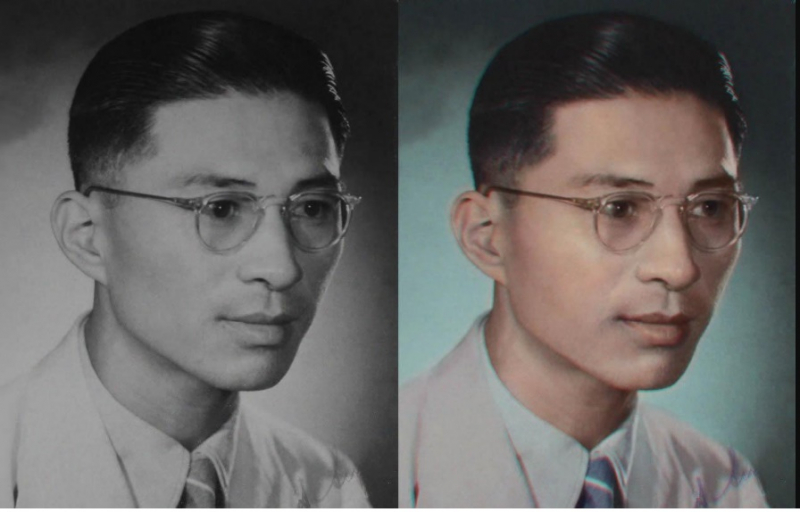
oursingapore.net.vn 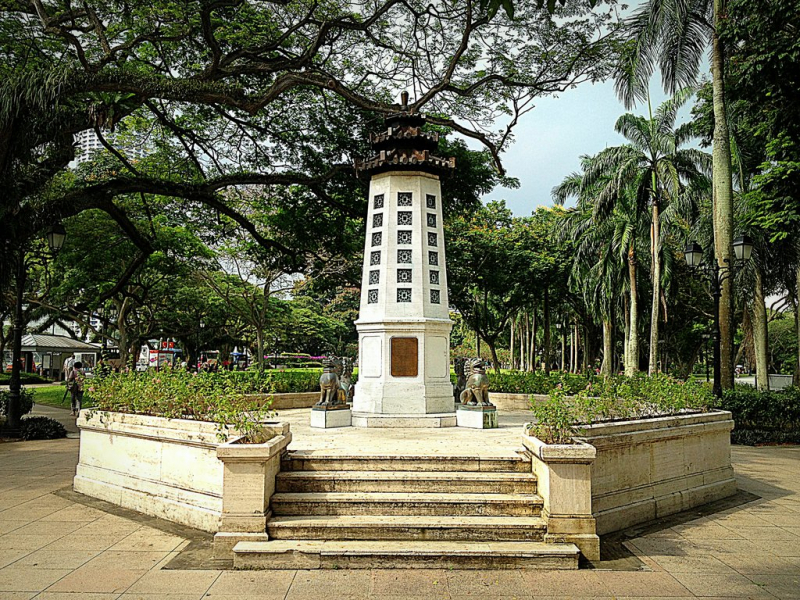
The Lim Bo Seng Memorial in Singapore -singapore.vn -
Elizabeth Choy (9 November 1910 – 14 September 2006) was a Singaporean educator and councilor who was considered a military hero in her home country. When the Japanese captured Singapore during World War II, she and her husband, Choy Khun Heng, sent medicine, money, and messages to prisoners of war detained in Changi Prison.
Choy served as a second lieutenant in the Singapore Volunteer Corps' women's auxiliary arm during the Japanese invasion of Malaya, earning her the nickname "Gunner Choy." She was also a Medical Auxiliary Service volunteer nurse. After the fall of Singapore in 1942, the Choys established a restaurant at Tan Tock Seng Hospital, where all the patients and physicians had been relocated from the Miyako Hospital (previously Woodbridge Hospital), and soon began a regular ambulance run for British civilian internees.
During the ensuing Double Tenth Incident, an informant informed the Kempeitai (Japanese military police) that the Choys were involved in smuggling money into Changi Prison, resulting in Choy's husband's incarceration. Choy went to the Kempeitai East District Branch after a few days to inquire about her husband. The Japanese denied knowing him, but she was enticed back to the branch three weeks later and imprisoned with other inmates. Choy was invited by Lady Mountbatten to witness the official Japanese surrender ceremony in Singapore in September 1945, where she was escorted by the governor, Sir Shenton Thomas, and his wife, to whom she had provided medicine in Changi Prison.
The Choys were welcomed to England to recover after the war. During their visit, Lady Baden-Powell bestowed the Girl Guides' highest honor, the Bronze Cross, on her, while Rajah of Sarawak Charles Brooke bestowed the Order of the Star of Sarawak on her. In June 1946, the Choys were appointed Officers of the Order of the British Empire (OBE). They were recognized for their assistance to British prisoners of war in Malaya during the Japanese occupation. Choy was also granted a half-hour private meeting with Queen Elizabeth at St James's Palace on July 25, 1946. When Choy returned to Singapore in 1949, he resumed his teaching career and became involved in the political activities leading up to Singapore's independence. Choy died in 2006 at the age of 95 from pancreatic cancer.
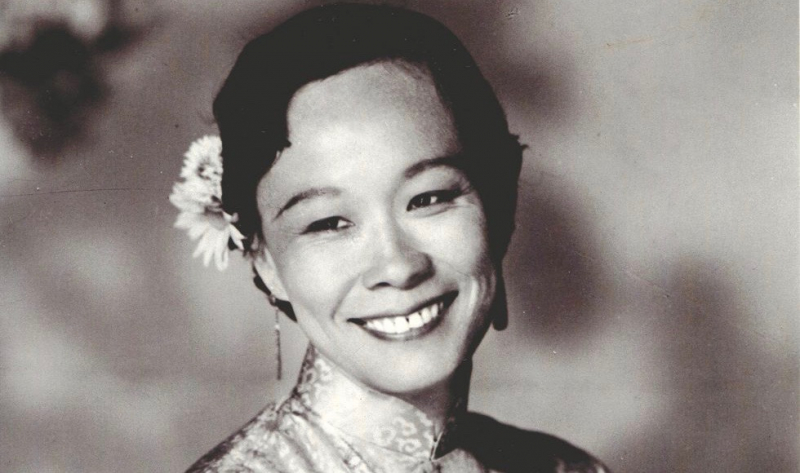
saltandlight.sg 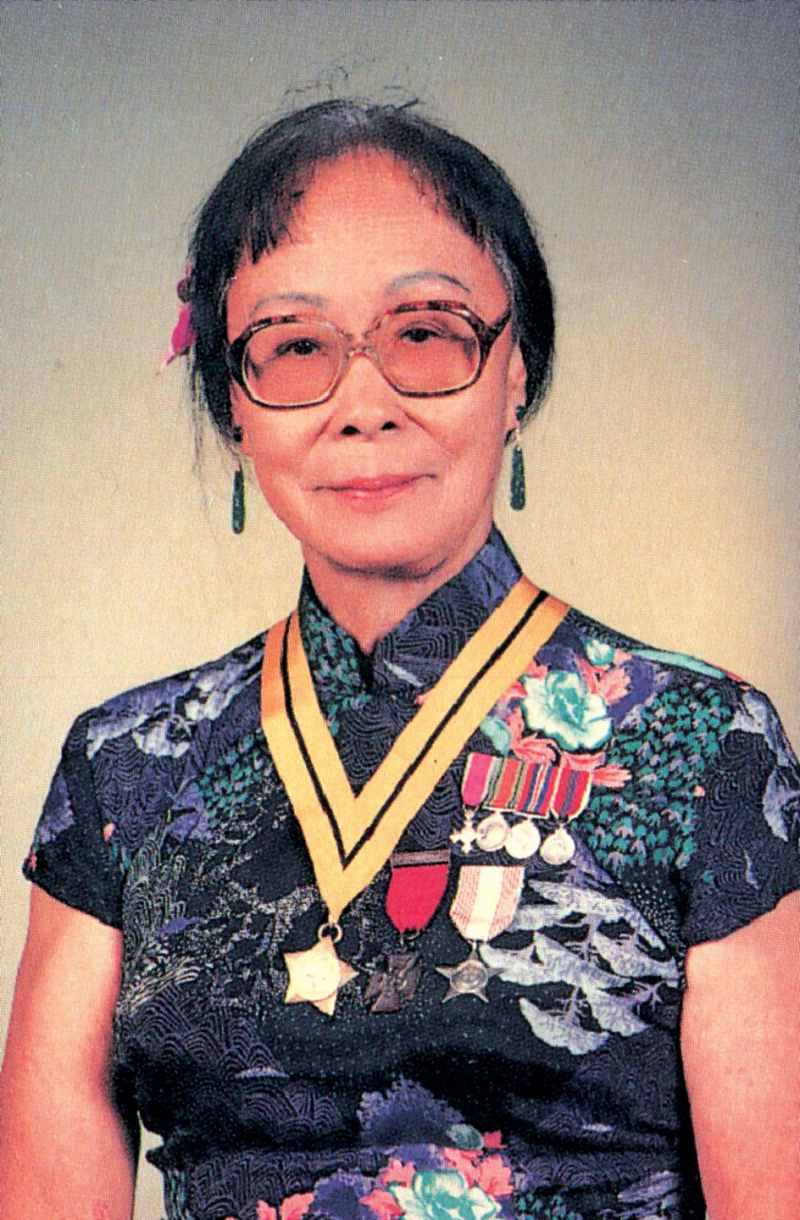
saltandlight.sg










